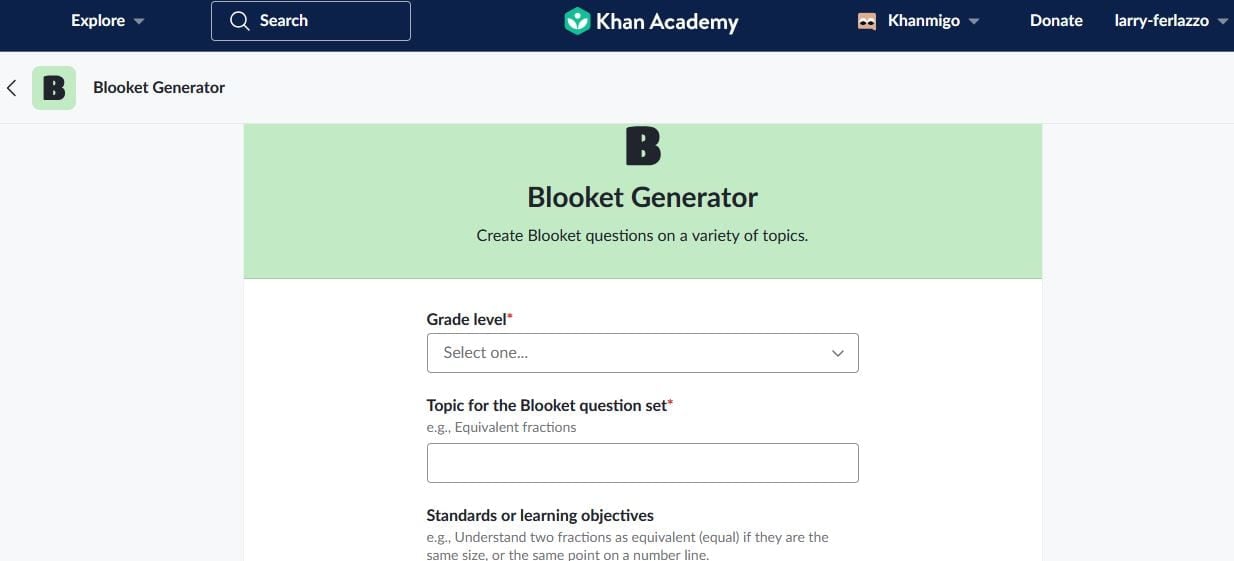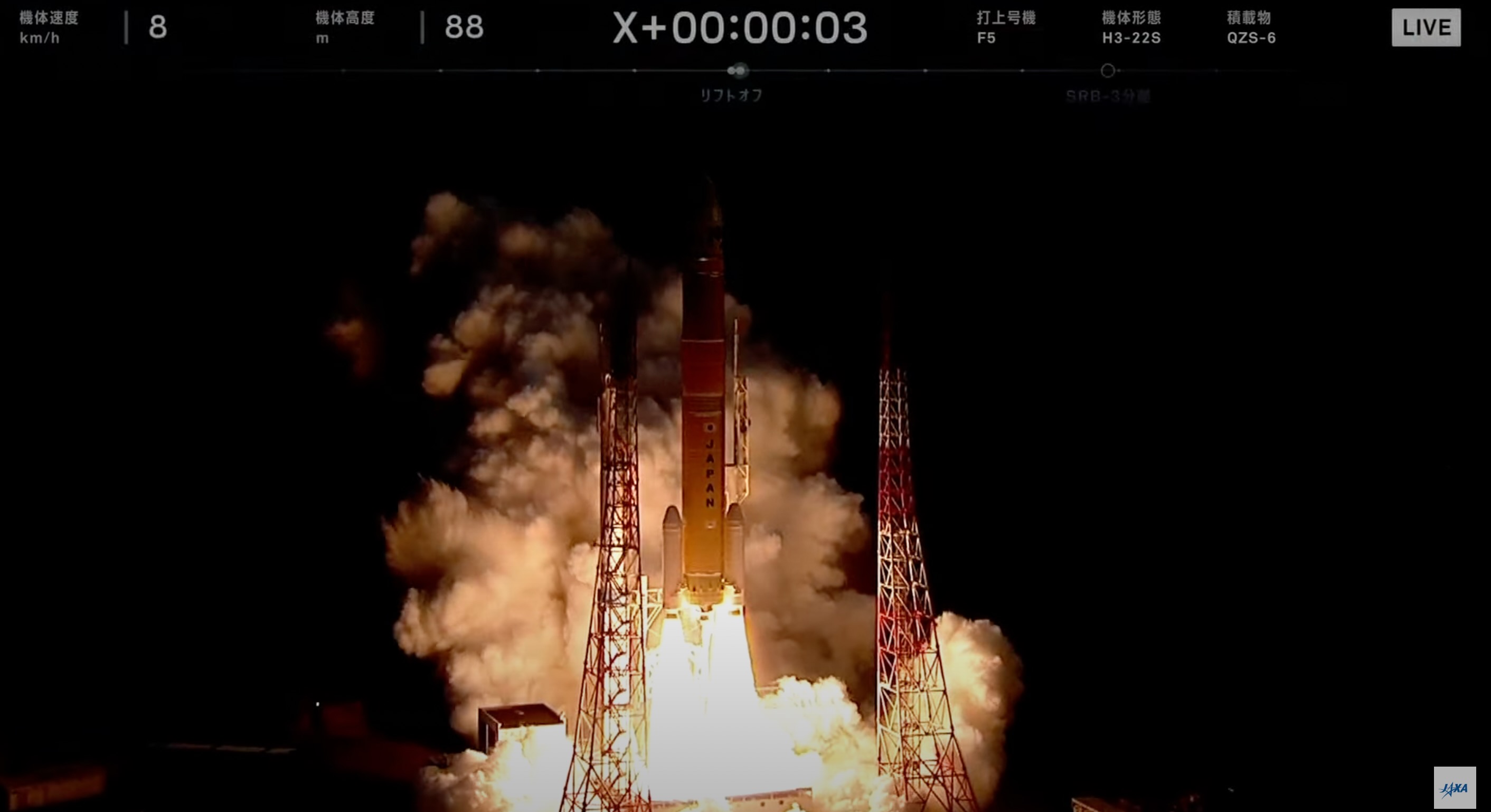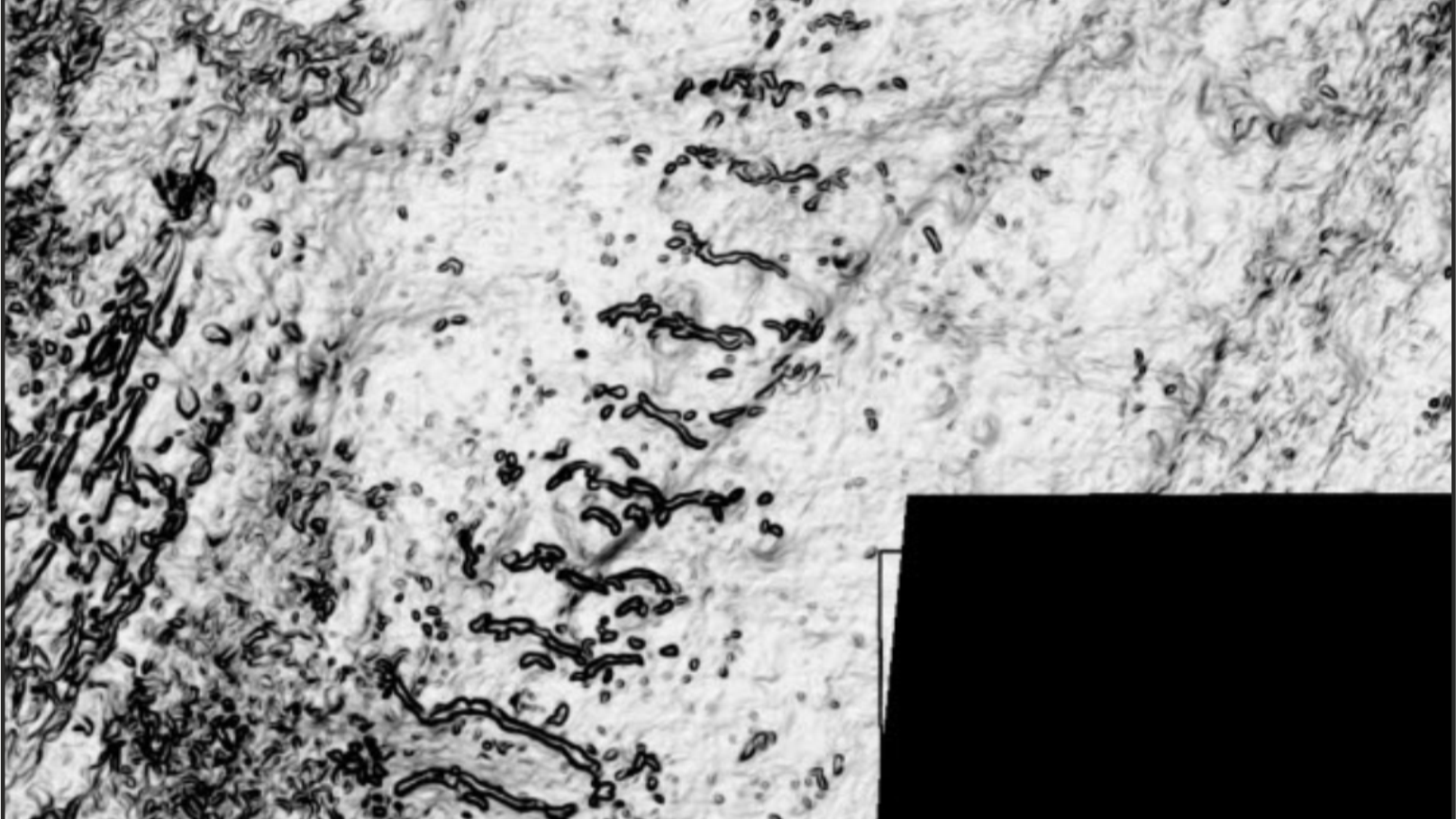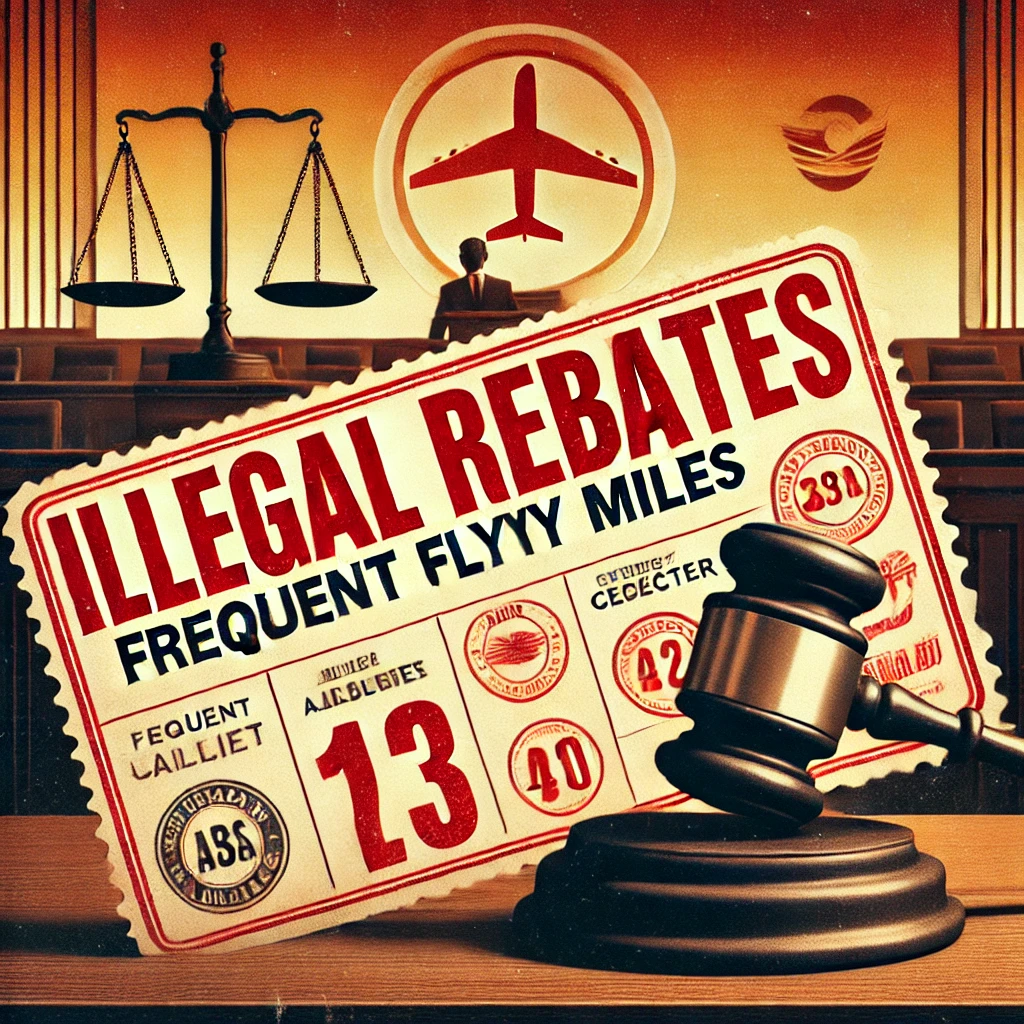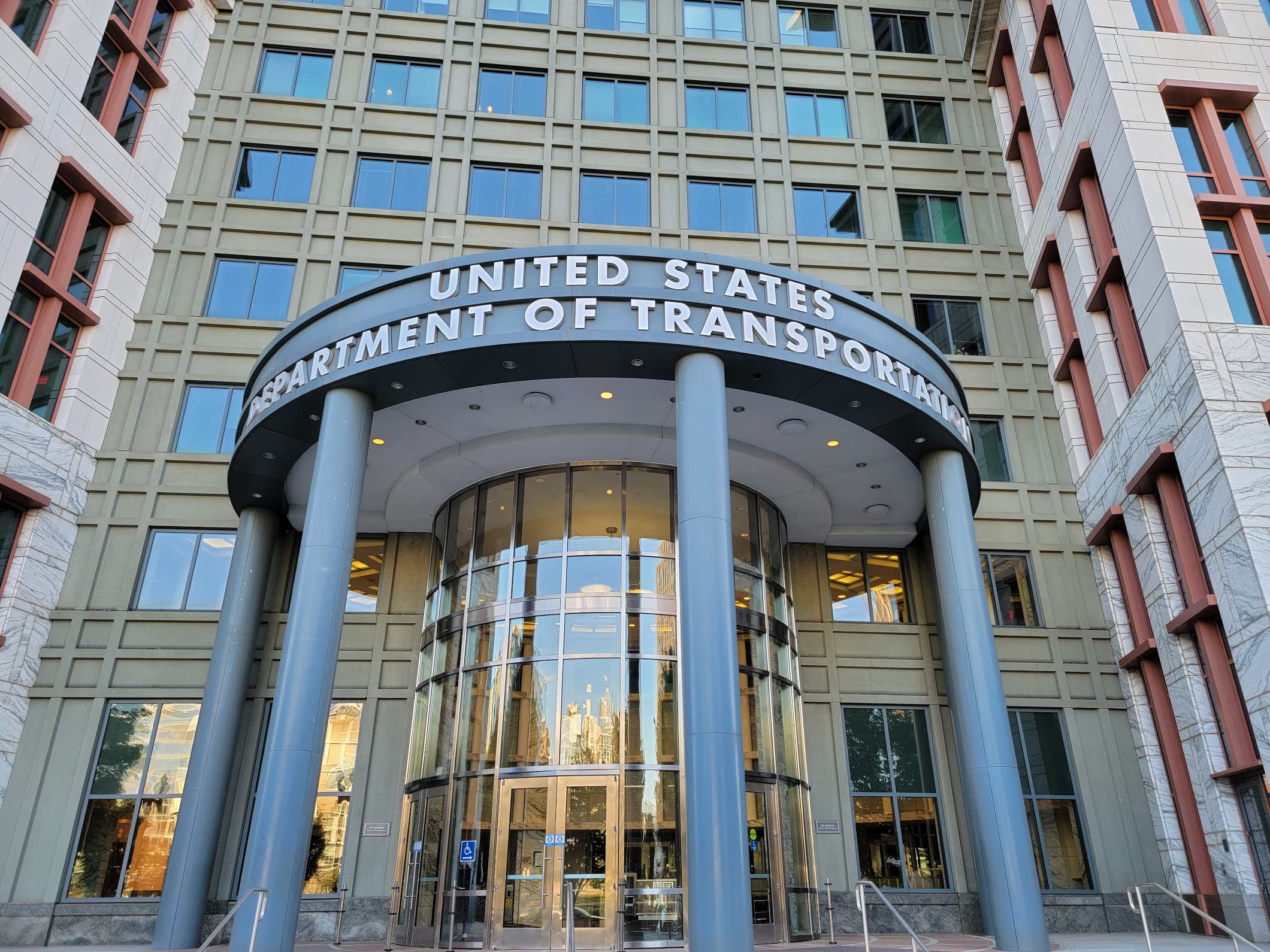MTSS: Leveraging Student-Led Learning for Tier 3 Interventions
In my previous blogs on MTSS, I have provided an overview of the Multi-Tiered System of Supports as it relates to instruction. I’ve highlighted how differentiated small group instruction can improve the effectiveness of Tier 1 instruction, reducing the need for Tier 2 support and Tier 3 intervention. I have also presented strategies teachers can […] The post MTSS: Leveraging Student-Led Learning for Tier 3 Interventions appeared first on Dr. Catlin Tucker.

In my previous blogs on MTSS, I have provided an overview of the Multi-Tiered System of Supports as it relates to instruction. I’ve highlighted how differentiated small group instruction can improve the effectiveness of Tier 1 instruction, reducing the need for Tier 2 support and Tier 3 intervention. I have also presented strategies teachers can use to provide Tier 2 support and extension. This blog will shift focus to Tier 3 intervention.
As more schools embrace inclusive education and strive to allow all students to learn in the least restrictive environments (LRE), more teachers are responsible for supporting a wide range of learning needs in general education classrooms. While this shift ensures that students receiving special education services can learn alongside their peers, educators must be strategic about how they structure learning experiences.
Many educators are asking: How can I provide high-quality core instruction while also making time for intensive, small-group or one-on-one intervention for students who need Tier 3 intervention? How can I ensure students receive the support they need to progress toward clearly defined, standards-aligned learning goals?
Tier 3 instruction has traditionally been provided outside the general education classroom, but that model is shifting. Many schools recognize that removing students from the classroom is not the best approach. Instead, we need to design classrooms where students are engaged in meaningful, self-directed learning so teachers can provide targeted intervention without disrupting the learning experience for the rest of the class.
For those who question the value of least restrictive environments and inclusive education, research highlights its positive impact. Inclusive learning experiences support students in feeling valued, included, and successful academically, socially, and emotionally.
A study by Indiana University, published in the Journal of Special Education (2022), found that high schools with inclusive classrooms tend to have higher student achievement and better prepare students for secondary education and future careers. Similarly, research conducted by Alana and ABT Associates (2016) highlights that inclusive learning environments contribute to academic success for all students. In addition to these benefits, they enjoy stronger social connections, experience increased confidence, and develop an understanding and appreciation for the diversity around them.
Tier 3 Instruction: A Data-Driven Approach
Tier 3 instruction is the most intensive level of support within MTSS. It focuses on addressing significant learning gaps with individualized instruction that is explicit, scaffolded, and aligned to students’ needs.
The key to effective Tier 3 intervention is using data to identify and meet students’ needs strategically. Teachers can use formative assessments, diagnostic tools, and progress monitoring to determine the students who need Tier 3 instructional intervention.
Essential Steps What Teachers Do Identifying Struggling Students Use formative assessments to pinpoint students who are significantly behind their peers in mastering core concepts or skills. Analyzing Patterns Review student work and assessment data to identify misconceptions, skill deficits, or gaps in prior knowledge. Differentiating and Personalizing Instruction Use formative assessments to pinpoint students who are significantly behind their peers in mastering core concepts or skills. Monitoring Progress Regularly assess student growth using tools such as exit tickets, fluency checks, or small-group observations.
To enhance the effectiveness of Tier 3 interventions, teachers must consistently document their efforts to meet students’ needs. Keeping track of which interventions were used, how students responded, and their progress over time helps teachers refine their instructional approaches and make informed decisions about ongoing support. Thoughtful documentation not only strengthens intervention effectiveness but also provides valuable insights about what is working that can be shared with colleagues, specialists, and families to enhance student success. (For a collection of MTSS resources, including a progress monitoring tool for teachers, check out the form at the bottom of this blog.  Read More
Read More

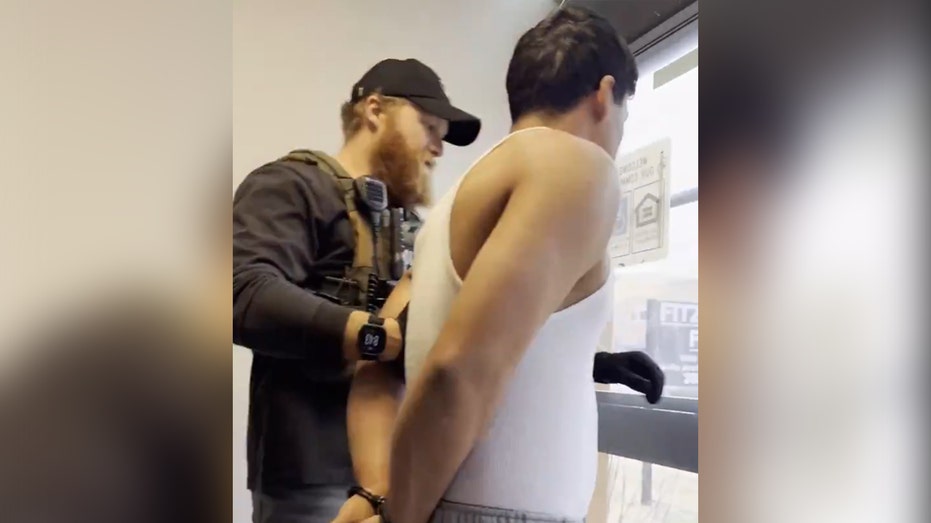
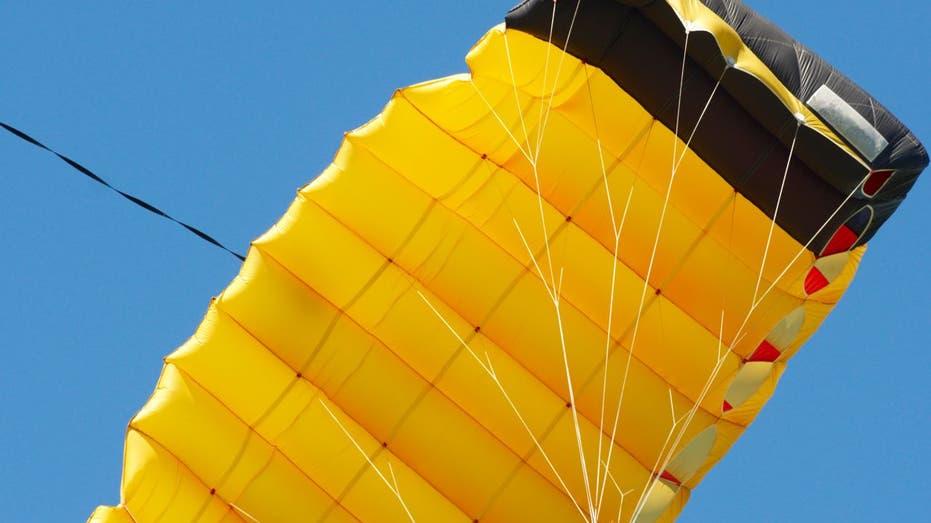
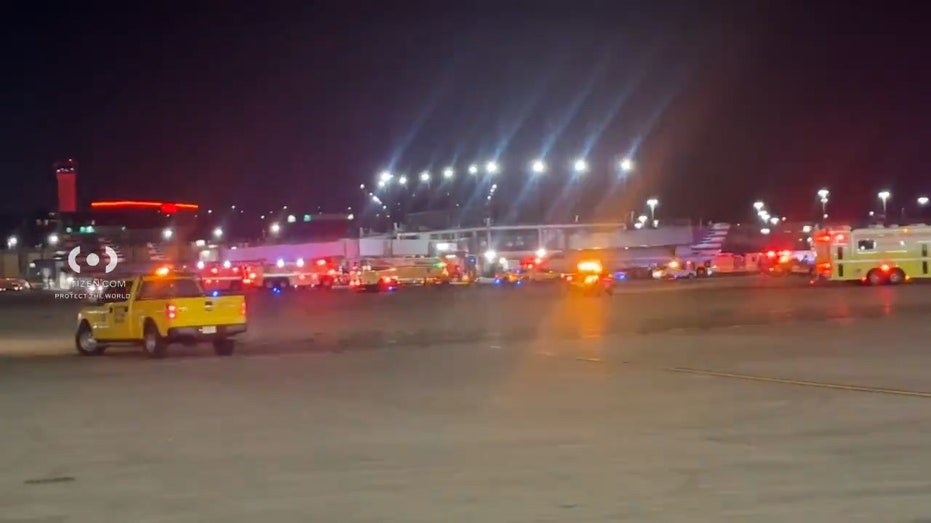
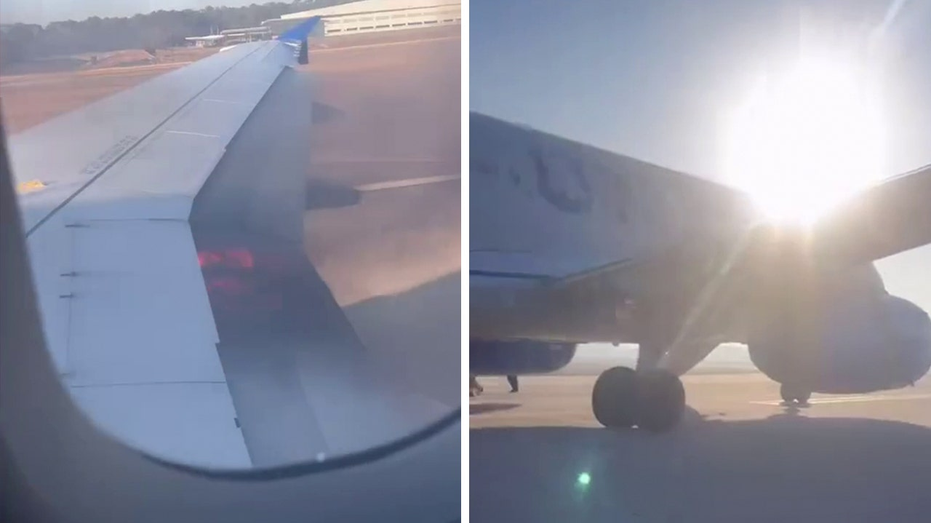




![[DEALS] iScanner App: Lifetime Subscription (79% off) & Other Deals Up To 98% Off – Offers End Soon!](https://www.javacodegeeks.com/wp-content/uploads/2012/12/jcg-logo.jpg)






















